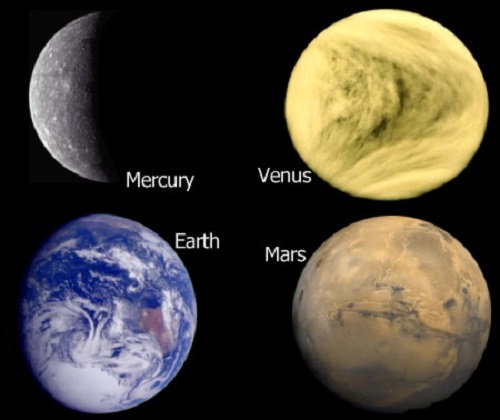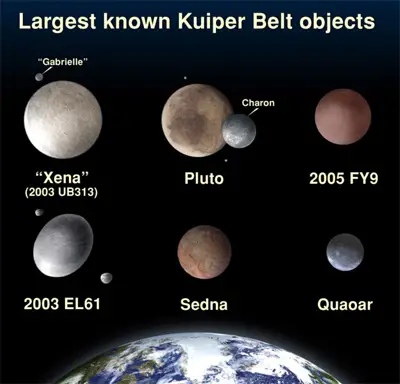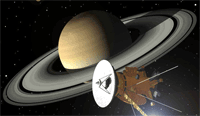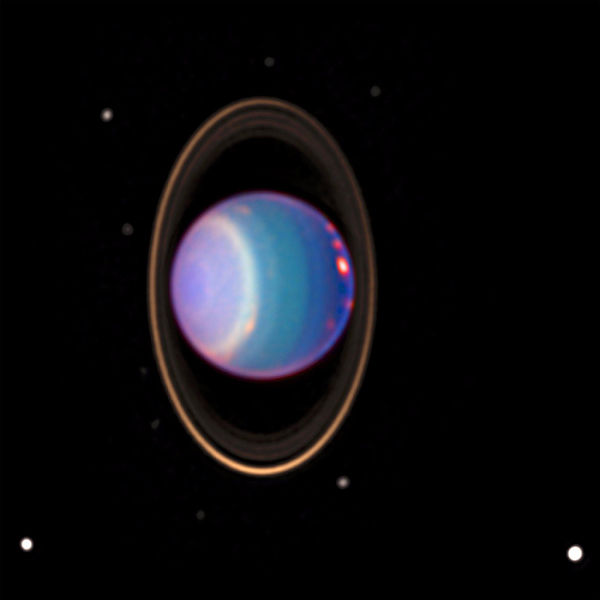Jovian planets by definition are planets with a large diameter and small density. In our solar system, there are four Jovian planets: Jupiter, Saturn, Uranus and Neptune. They are also known as the ‘gas giants’ because of their immense size and mostly gaseous composition. Jovian is derived from Jove (Jupiter).
To explain why Jovian planets bulge around the equator, it is necessary to talk about the physics of the forces acting on a planet at any given time. The force holding the planet together is gravity. Gravity causes large bodies of mass to be attracted to one another. The most stable shape for any bunch of mass is a sphere. That is why planets tend to have a spherical appearance.
However, at any time there are other forces acting on planets too. The rotation of planets causing an outward moving force called centrifugal force. Centrifugal force is what makes the planet bulge at the equator and flatten at the poles. The resultant shape is not a perfect sphere; it is known as an oblate spheroid.
The Jovian planets have the most prominent equatorial bulges. This is because of their large size and because their gaseous nature. Because the Jovian planets are mostly made of gas, they need to rotate at a higher speed to maintain a spherical shape. The fast rotation results in a greater bulging at the equator and more flattening at the poles. But other planets also have an equatorial bulge, the Earth included.
A comparison of equatorial bulges can be made easily. Equatorial bulge is measured by subtracting the diameter of the planet between its poles from the diameter at the equator. Saturn has the widest equatorial bulge, at almost 12000 kilometers. Jupiter is next, at around 10000 kilometers. The other two gas giants, Neptune and Uranus, have a bulge of about one thousand. In comparison, the Earth has an equatorial bulge only 42 kilometers.












Leave a Reply